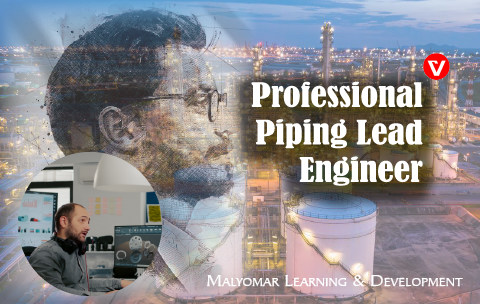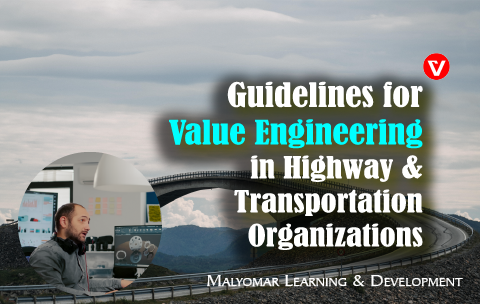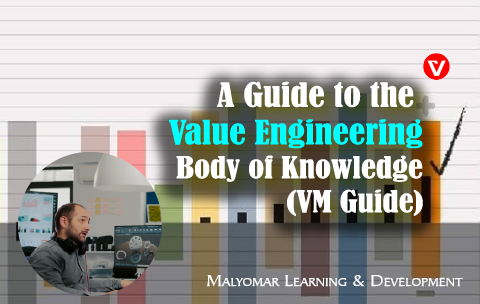Popular Topics
Piping
Value Management
Process Plant Disasters
Function Analysis System Techniques
Energy Audit
Plant Layout
Root Cause Analysis
refinery accidents.
HAZOP
Quality Management
Lessons Learned
Energy; Energy management; Energy Efficiency;
Energy systems
Innovation.
value engineering
Transportation Industry
RCA
piping workflow
FAST
problem solving
project management
piping schedule
Value Methodology
Value Analysis
Highway construction
Lead Engineer
SAVE International
Construction
Popular Instructors
All ~ Managing Projects Courses
Intermediate
FAST Creativity and innovation, Rapidly Improving Processes, Product Development and Solving Complex Problems
3,500.00 EGP
FAST Creativity and innovation, Rapidly Improving Processes, Product Development and Solving Complex Problems
What you'll learn
Rapidly improving process, product development and solving complex problems
Professional Piping Lead Engineer
What you'll learn
Overview on project management
Setting and achieve success criteria
Piping Lead engineer management approaches
Path forward of Lead Engineer
A Guide to the Value Methodology Body of Knowledge (VM Guide)
What you'll learn
Provide strong background on Value Engineering in highway and transportation.
Support in establishment of Organization VE program.
Train VE team on program management.
Intermediate
Guidelines for Value Engineering in Highway and Transportation Organizations
5,800.00 EGP
Guidelines for Value Engineering in Highway and Transportation Organizations
What you'll learn
Provide strong background on Value Engineering in highway and transportation.
Support in establishment of Organization VE program.
Train VE team on program management.
Energy Management and Efficiency for process plant
What you'll learn
provide a concise overview of energy management principles and techniques for the process industries.
Be aware of international standards relevant to Energy Management.
Train team on program management.
Expert
What Went Wrong: Case Histories of Process Plant Disasters Learn from accidents. Plant Layout issues
15,000.00 EGP
What Went Wrong: Case Histories of Process Plant Disasters Learn from accidents. Plant Layout issues
What you'll learn
Awareness of how safety has no tolerance.
Provide a way to handle different design issues.
Show the importance of organizing Lessons Learned smart database.
Root Cause Analysis, the right tool
What you'll learn
Provide a guide to empirically investigating quality failures using the scientific method in the form of cycles of Plan-Do-Check-Act (PDCA) supported by the use of quality tools.











